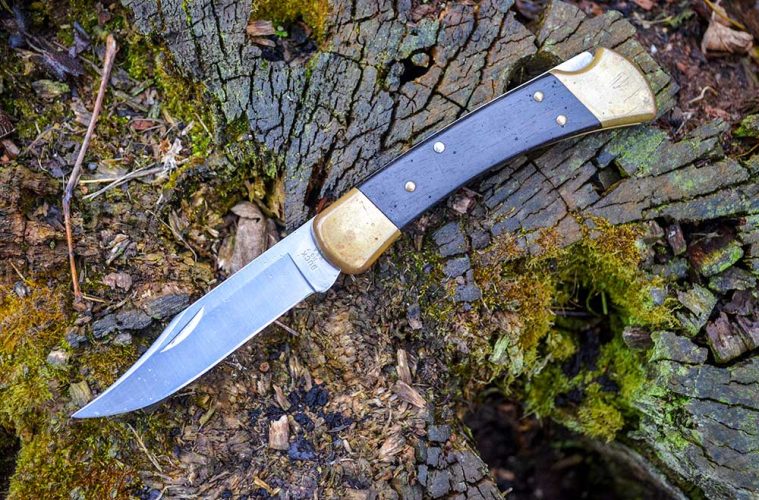If you've ever marveled at the intricate dance of a folding knife, you're not alone. These tools are not just for outdoor enthusiasts or collectors but have found their place in professional kitchens as well. For kitchen professionals, understanding how folding knives work can be crucial in selecting the right tool for specific tasks.
Folding knives are not a new phenomenon; they have been around for centuries, evolving from simple designs to the complex mechanisms we see today. Whether you're using them for filleting fish or preparing delicate garnishes, knowing how they function can enhance your efficiency and safety in the kitchen.

The Anatomy of Folding Knives
At the heart of any folding knife is its pivot mechanism. This is where the blade rotates to open and close. The most common mechanisms are the liner lock, frame lock, and lockback. Each offers its own advantages when it comes to stability and ease of use, which are essential considerations for anyone using these knives in a culinary setting.
The blade itself is another critical component. Made from various materials, including stainless steel and carbon steel, the choice of blade material affects the knife's sharpness, durability, and maintenance. In professional kitchens, stainless steel is often preferred due to its resistance to rust and stains.
Why Choose Folding Knives in the Kitchen?
For many kitchen professionals, folding knives offer convenience and versatility that fixed-blade knives cannot match. Their compact design allows for easy storage and transportation, making them an excellent choice for chefs who travel or work in multiple locations. Additionally, the ability to fold the blade into the handle ensures safety when the knife is not in use.
Another significant advantage is the variety of tasks a folding knife can handle. From slicing and dicing to more delicate tasks like filleting, a well-chosen folding knife can be a workhorse in the kitchen. You can learn more about the different tasks that folding knives excel in by exploring various culinary techniques.
Choosing the Right Folding Knife
When selecting a folding knife, kitchen professionals should consider their specific needs. The blade's length and material, the handle's ergonomics, and the locking mechanism all play crucial roles in determining the knife's suitability for particular culinary tasks.
For instance, a chef who needs a knife for daily use might prefer a model with a reliable locking mechanism and a durable handle. Meanwhile, those who focus on tasks like filleting might look for blades with a more flexible design. For more insights on choosing the right knife, check out the variety of knives available.
Maintenance and Safety Tips
Maintaining your folding knife is crucial for its longevity and performance. Regular cleaning and sharpening are essential, especially in a kitchen setting where the knife comes into contact with food residues. Using a sharpening steel can help keep your blade in top condition; learn more in our guide on how to sharpen a knife.
Safety is another critical aspect. Always ensure the blade is securely locked before use and handle with care to avoid accidents. When not in use, the blade should be folded into the handle to prevent any unintended injuries.

FAQs
Are folding knives suitable for all kitchen tasks?
While folding knives are versatile, they may not be ideal for tasks requiring heavy-duty chopping or cleaving. They are best suited for slicing, dicing, and other precision work.
How do I maintain a folding knife?
Regular cleaning and sharpening are key. Ensure the pivot and locking mechanism are free from debris, and oil the moving parts to maintain smooth operation.
Can a folding knife replace a fixed-blade knife?
While folding knives offer convenience, they cannot always match the strength and stability of a fixed-blade knife for some tasks. It's best to have both types in your kitchen toolkit.
In conclusion, how folding knives work is a fascinating topic that blends mechanics with practicality. For kitchen professionals, understanding these tools can enhance both culinary performance and safety. As you delve into the world of folding knives, remember to balance convenience with the right tool for the task at hand. Explore more about the differences between knife types to make informed decisions in your culinary endeavors.
This article contains affiliate links. We may earn a commission at no extra cost to you.


























